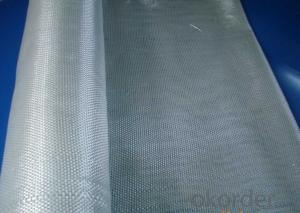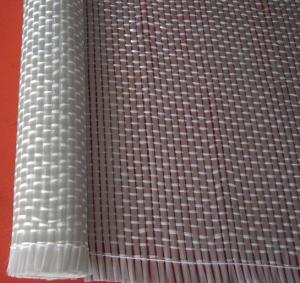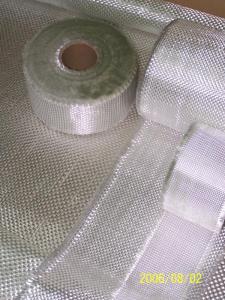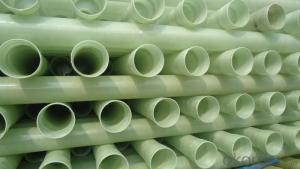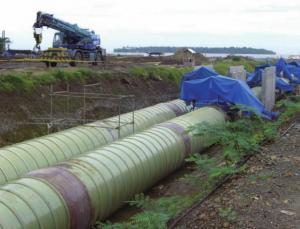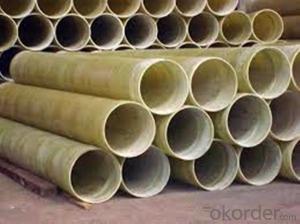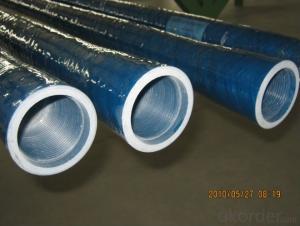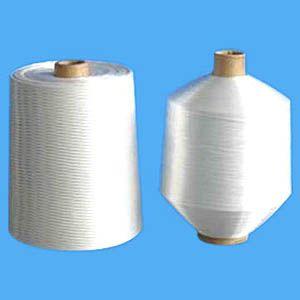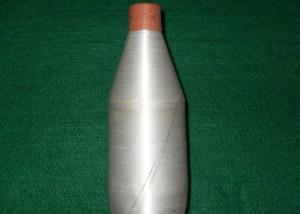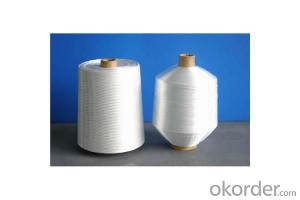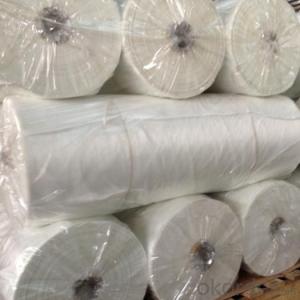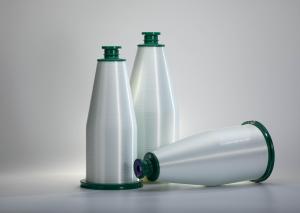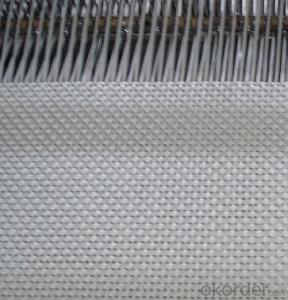Fiberglass Fabric Anti-fire And Environmental Production
- Loading Port:
- Shanghai
- Payment Terms:
- TT OR LC
- Min Order Qty:
- 500 m²
- Supply Capability:
- 50000 m²/month
OKorder Service Pledge
OKorder Financial Service
You Might Also Like
Fiberglass Fabric Anti-fire And Environmental Production
Fiberglass Fabric Introduction:
Fiberglass fabric is weaved by high quality fiberglass,as a kind of engineering material,which is
many excellent characteristics:
flame-resisting,corrosion resistant,high strength,heat resistance.stable structure,good chemical resistance,durability.
Fiberglass Fabric Features:
Warp and weft yarns are parallel arrangement as flat situation, with uniform tension;
Fiber is aligned with large consistency, stable and easy operation;
Good moldability, fast and complete wet out in resins, resulting in high productivity;
Good transparency and high strength of composite products.
Fiberglass Fabric Specification:
mark | Fiber consistency(ends/ cm) |
Area weight (g/ m2) |
Thick-ness (mm) |
Width (cm) |
Length (mm) | Breaking strength(N)≥ |
weave | |||
Warp direction | Weft direction | Warp direction | Weft direction | |||||||
EW200 | 16 | 12 | 200±20 | 0.2 | 90-130 | 300-1200 | 980 | 980 | ||
EW210 | 16 | 12 | 200±20 | 0.21 | 90-130 | 300-1200 | 1080 | 1080 | Twill weave | |
Plain weave | ||||||||||
EWR360 | 3.2 | 1.8 | 354±18 | 0.35 | 50-300 | 100 | 2000 | 2000 | ||
EW280 | 16 | 10 | 280±28 | 0.26 | 90-130 | 300-1200 | 1800 | 1800 | ||
EW300 | 14 | 10 | 320±32 | 0.3 | 90-130 | 300-1200 | 1500 | 1500 | ||
EW430 | 20 | 12 | 420±42 | 0.43 | 90-130 | 300-1200 | 2000 | 2000 | Broken twill | |
EWR136 | 10 | 10 | 136±13 | 0.136 | 100 | 200 | 850 | 850 |
Plain weave | |
EWR200 | 8 | 7 | 200±20 | 0.21 | 100 | 200 | 1200 | 1200 | ||
EWR400 | 3.6 | 3.2 | 400±30 | 0.4 | 100 | 50-100 | 2500 | 2500 | ||
EWR600 | 2.6 | 2.5 | 600±50 | 0.6 | 100 | 40KG | 4000 | 4000 | ||
EWR580 | 2.5 | 2.3 | 576±29 | 0.58 | 100 | 40KG | 3850 | 3850 | ||
EWR800 | 1.8 | 1.8 | 800±60 | 0.8 | 100 | 40KG | 4600 | 4600 | ||
Product Show
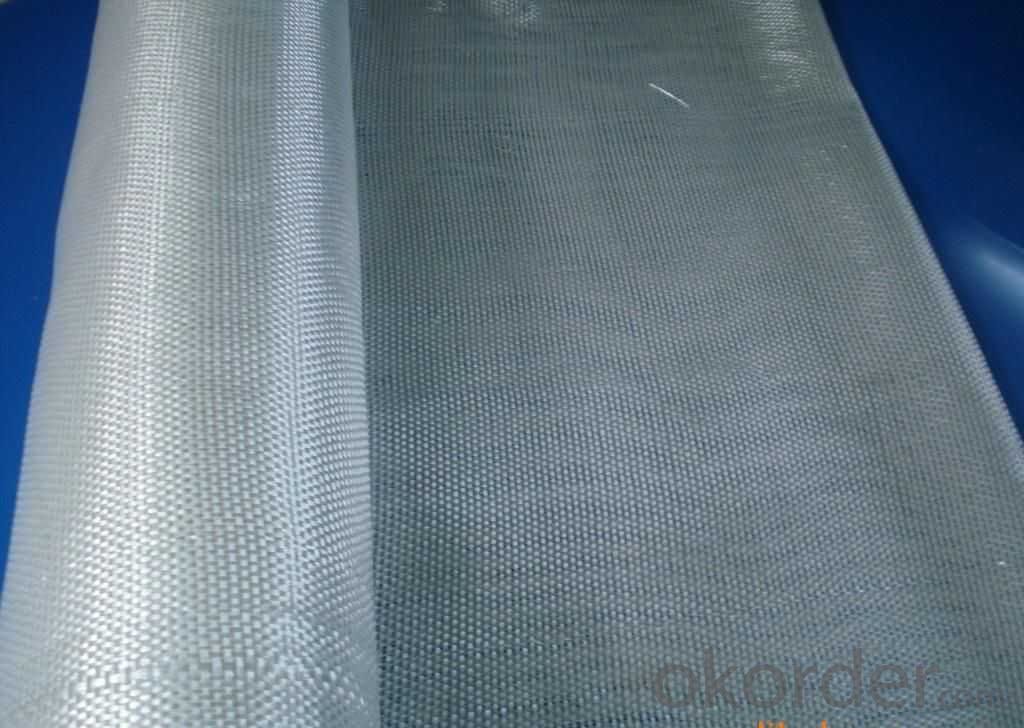
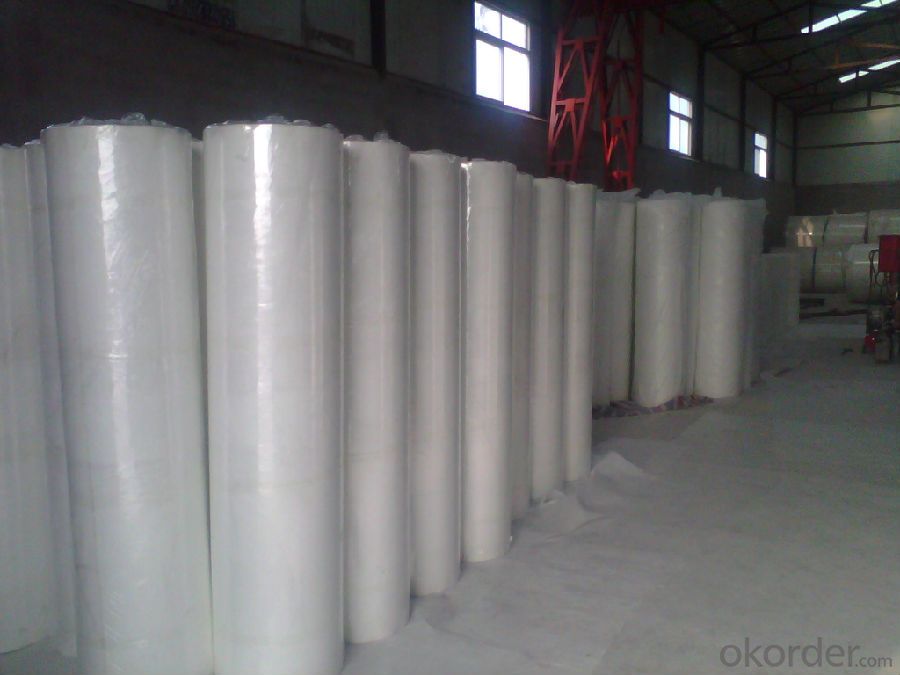
Fiberglass Fabric Usage:
E-glass woven roving is a schistose double faces reinforcement fabric that is weaved into from roving in directly.
E-glass fiber fabric (thin fabrics with thickness from 0.025 to 0.09mm) is suitable for electrical isolation mica product, wax cloth as the reinforcement materials.
E-glass woven roving applys to all kinds of polyester reinforcement system, (such as unsaturated polyester resin, vinylite,epoxy resin and phenolic resin.
E-glass woven roving is a high performance reinforcement material. It is widely used in hand lay-up and machinery processing products, (such as vessel, container, airplane and vehicle component, furniture, athletic facilities and other industry.
FAQ
1.Package of Fiberglass Fabric?
Fiberglass fabric is wound on a paper tube with inner diameters of 50. 8, 76 or 152mm. Each roll is wrapped in a plastic bag, then to be packed in a carton box. The rolls are to be horizontally placed.
Width (cm): 90, 100, 127
Length (m): 100, 200, 300, 400
2.Storage of Fiberglass Fabric?
Store rolls in a cool, dry location
Protect rolls from weather and other damage.
3.If sample available if needed?
We aim to offer our customer best Products&Service,samples are allowed if necessary.
- Q:What are the common shrinkage rates of fiberglass yarn?
- The common shrinkage rates of fiberglass yarn can vary depending on a few factors such as the specific type of fiberglass yarn, the manufacturing process, and the conditions in which it is used. However, on average, fiberglass yarn can experience a shrinkage rate of approximately 2-4% when exposed to high temperatures or subjected to tension or pressure. It is important to note that this shrinkage rate may not be uniform throughout the entire length of the yarn and can vary in different directions. Therefore, it is essential to consider these factors and conduct thorough testing to accurately determine the shrinkage rate of a specific fiberglass yarn in a particular application.
- Q:How does the weaving process affect the strength of fiberglass yarn?
- The weaving process significantly enhances the strength of fiberglass yarn. By interlacing the yarn in a criss-cross pattern, it creates a tightly-knit fabric that distributes and withstands stress more effectively. The weaving process locks the individual fibers together, increasing their overall tensile strength and resistance to breaking or tearing.
- Q:What are the common uses of fiberglass yarn in construction?
- Fiberglass yarn is commonly used in construction for reinforcing concrete, manufacturing insulation materials, and creating composite materials. It provides strength, durability, and fire resistance, making it suitable for a wide range of applications such as reinforcing concrete beams and columns, constructing lightweight and durable panels, and insulating buildings for energy efficiency.
- Q:Can fiberglass yarn be used for making artificial flowers?
- Yes, fiberglass yarn can be used for making artificial flowers. It can provide strength and durability to the flowers, making them last longer and withstand various environmental conditions. Additionally, fiberglass yarn can be easily shaped and molded into desired flower shapes, allowing for intricate and realistic designs.
- Q:Is fiberglass yarn suitable for 3D printing?
- Yes, fiberglass yarn is suitable for 3D printing. It is a strong and durable material that can be used to create robust and heat-resistant prints. However, it is important to note that the printing process may require specific settings and precautions due to the abrasive nature of fiberglass yarn.
- Q:Can fiberglass yarn be used for making ropes or cords?
- It is possible to utilize fiberglass yarn in the production of ropes or cords. This particular type of yarn is created by intertwining continuous glass fibers, resulting in a robust and enduring substance. Following additional processing, the yarn can be woven into ropes or cords. These fiberglass ropes or cords are renowned for their remarkable tensile strength, ability to withstand heat and chemicals, and limited stretching properties. Consequently, they find widespread usage across diverse sectors such as marine, construction, and high-temperature environments. Nevertheless, it is essential to acknowledge that fiberglass ropes or cords may not be appropriate for applications necessitating flexibility or extensive elasticity.
- Q:Does fiberglass yarn cause skin irritation?
- Skin irritation can be potentially caused by fiberglass yarn for certain individuals. The composition of fiberglass consists of minuscule fibers that can be both sharp and irritating to the skin, particularly if direct contact occurs. Upon exposure to fiberglass yarn, certain individuals may encounter symptoms such as redness, itching, or a rash. Nevertheless, it is crucial to acknowledge that not every person will react in the same way, as sensitivity to fiberglass may vary among individuals. To mitigate the risk of skin irritation, it is advised to adopt precautionary measures like using protective clothing or gloves when handling fiberglass yarn.
- Q:Can fiberglass yarn be used for aerospace composites?
- Aerospace composites can indeed utilize fiberglass yarn. This versatile material finds widespread use across various industries, including aerospace, as it effectively reinforces composite materials. Its exceptional tensile strength, stiffness, and resistance to chemicals render it ideal for high-performance applications like aerospace composites. Fiberglass yarn is commonly employed as a reinforcement, taking the form of woven rovings, fabrics, or tapes. These are subsequently impregnated with resin to produce composite parts that can be utilized in aerospace applications such as aircraft structures, interior components, and even spacecraft. The lightweight nature of fiberglass yarn further enhances its suitability for aerospace composites, as it aids in reducing overall aircraft weight without compromising structural integrity. Consequently, fiberglass yarn presents a viable choice for aerospace composites.
- Q:Is fiberglass yarn suitable for textile manufacturing?
- Fiberglass yarn, an ideal choice for textile production, is crafted from intertwined strands of glass fibers, resulting in a durable and robust thread. Its suitability for textile manufacturing stems from several noteworthy properties. First and foremost, fiberglass yarn exhibits exceptional resistance to heat and fire, rendering it an excellent option for the production of protective clothing, such as fire-resistant suits or insulation materials. It can endure high temperatures without succumbing to melting or degradation, thereby ensuring the wearer's safety. Furthermore, fiberglass yarn boasts remarkable tensile strength, surpassing that of many other textile materials like cotton or polyester. This strength makes it well-suited for applications necessitating durability and resistance to tearing or breaking, such as industrial fabrics, reinforcement materials, or composite materials. Moreover, fiberglass yarn displays favorable chemical resistance, remaining unscathed when exposed to chemicals or solvents. This attribute renders it suitable for fabricating textiles intended for use in harsh environments, like chemical plants or laboratories. Additionally, fiberglass yarn is lightweight and possesses excellent flexibility, facilitating comfortable wear and easy handling during the textile manufacturing process. It can be effortlessly woven, knitted, or braided into a variety of fabrics or products. However, it is crucial to note that fiberglass yarn may cause skin irritation, leading to itching or discomfort. Therefore, it is often utilized in conjunction with other fibers or coatings to enhance comfort and usability in clothing or other textile applications. To sum up, fiberglass yarn is a fitting material for textile manufacturing due to its heat resistance, high tensile strength, chemical resistance, and flexibility. Nevertheless, it is essential to address potential skin irritation by employing proper processing techniques or blending it with other fibers.
- Q:Can fiberglass yarn be used in electrical cables?
- Yes, fiberglass yarn can be used in electrical cables. Fiberglass yarn is known for its high strength, durability, and resistance to heat and fire. These properties make it suitable for use in electrical cables where it can provide insulation and reinforcement. Fiberglass yarn is often used as a component in the manufacturing of high-temperature cables, such as those used in aerospace, automotive, and industrial applications, where the cables are exposed to extreme temperatures and need to maintain their integrity. Additionally, the non-conductive nature of fiberglass yarn ensures that it does not interfere with the electrical conductivity of the cables. Overall, fiberglass yarn can be a reliable and efficient choice for incorporating into electrical cables.
1. Manufacturer Overview |
|
|---|---|
| Location | |
| Year Established | |
| Annual Output Value | |
| Main Markets | |
| Company Certifications | |
2. Manufacturer Certificates |
|
|---|---|
| a) Certification Name | |
| Range | |
| Reference | |
| Validity Period | |
3. Manufacturer Capability |
|
|---|---|
| a)Trade Capacity | |
| Nearest Port | |
| Export Percentage | |
| No.of Employees in Trade Department | |
| Language Spoken: | |
| b)Factory Information | |
| Factory Size: | |
| No. of Production Lines | |
| Contract Manufacturing | |
| Product Price Range | |
Send your message to us
Fiberglass Fabric Anti-fire And Environmental Production
- Loading Port:
- Shanghai
- Payment Terms:
- TT OR LC
- Min Order Qty:
- 500 m²
- Supply Capability:
- 50000 m²/month
OKorder Service Pledge
OKorder Financial Service
Similar products
New products
Hot products
Hot Searches
Related keywords
